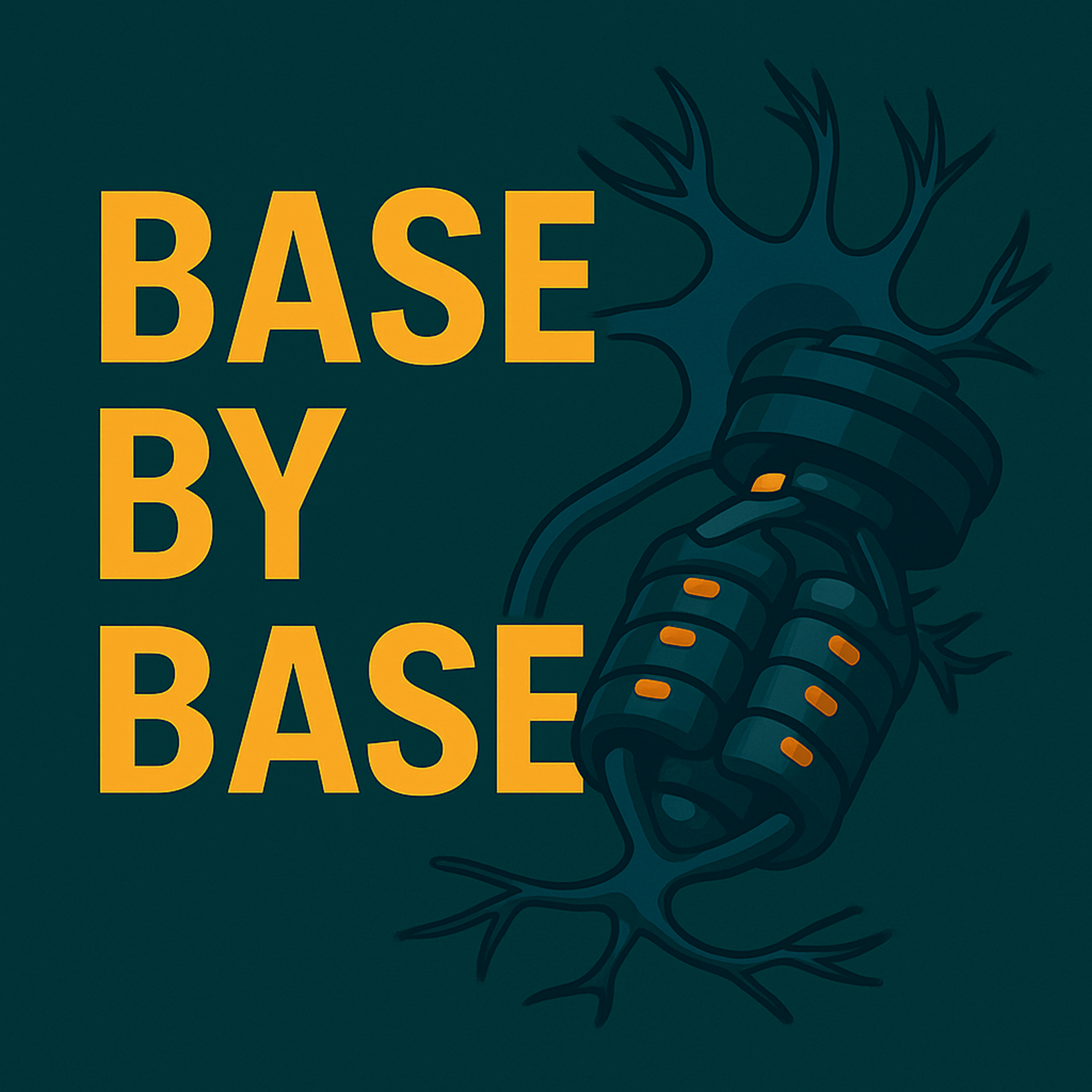Show Notes
️ Episode 194: Bayesian History of Science: Watson and Crick and the Structure of DNA
In this episode of PaperCast Base by Base, we explore how Bayesian reasoning can be used to reconstruct the famous discovery of the DNA double helix by James Watson and Francis Crick, following the sequence of structural models proposed in the early 1950s and the evolving evidence that supported or undermined each hypothesis.
Study Highlights:
The author applies a naïve Bayes framework to four competing models of DNA proposed by Watson, Crick, and Linus Pauling, treating each model as a target theory evaluated against multiple lines of historical evidence such as X-ray diffraction patterns, base pairing rules, symmetry constraints, and stereochemical feasibility. Conditional probabilities for how well each model accounts for each piece of evidence are manually estimated from historical sources using a simple five-point scale ranging from strongly inconsistent to strongly consistent, and combined with prior probabilities to calculate posteriors and likelihood ratios. By updating priors model by model, the study reconstructs how initial triple-helix proposals were progressively disconfirmed, while intermediate double-helix attempts with incorrect base pairing achieved only modest support despite offering a plausible replication mechanism. A dramatic jump in posterior probability and in the likelihood ratio is observed for the final Watson–Crick model with complementary purine–pyrimidine base pairing, consistent bond geometry, compliance with Chargaff’s rules, and correct symmetry, which the author interprets as a form of “Bayesian surprise” that matches scientists’ retrospective sense of having made a genuine discovery. The analysis also shows how “soft” considerations, such as analogy to Pauling’s alpha helix and the promise of an explanatory replication mechanism, can be incorporated alongside hard experimental data within a Bayesian account of theory choice in the history of science.
Conclusion:
This work argues that Bayesian analysis provides a coherent way to track how evidence and prior expectations jointly shaped the path from early speculative DNA models to the accepted double-helix structure, offering a quantitative complement to narrative histories of scientific discovery.
Reference:
Small H. Bayesian history of science: The case of Watson and Crick and the structure of DNA. Quantitative Science Studies. 2023;4(1):209–228. https://doi.org/10.1162/qss_a_00233
License:
This episode is based on an open-access article published under the Creative Commons Attribution 4.0 International License (CC BY 4.0) – https://creativecommons.org/licenses/by/4.0/
Support:
If you'd like to support Base by Base, you can make a one-time or monthly donation here: https://basebybase.com/




